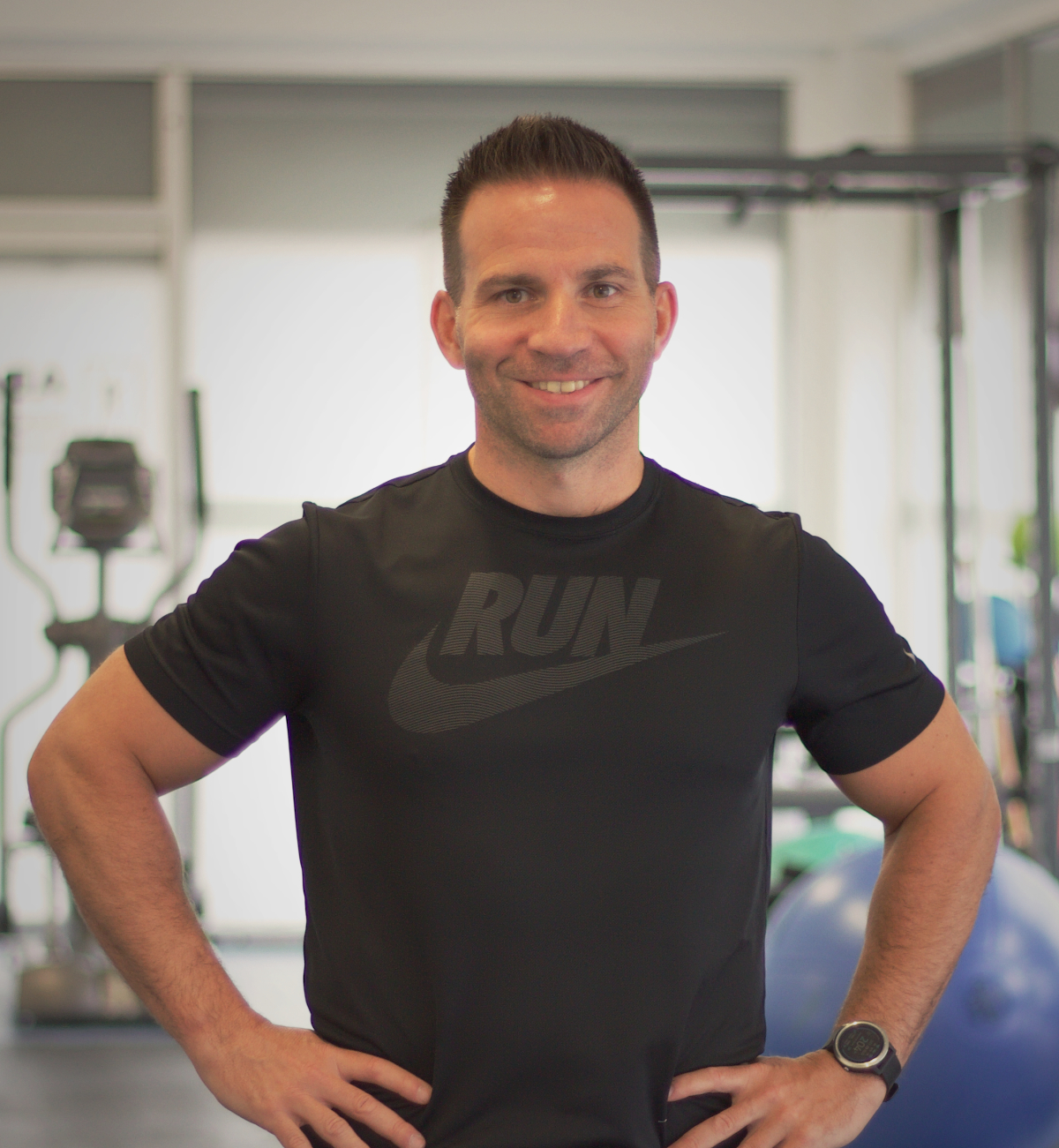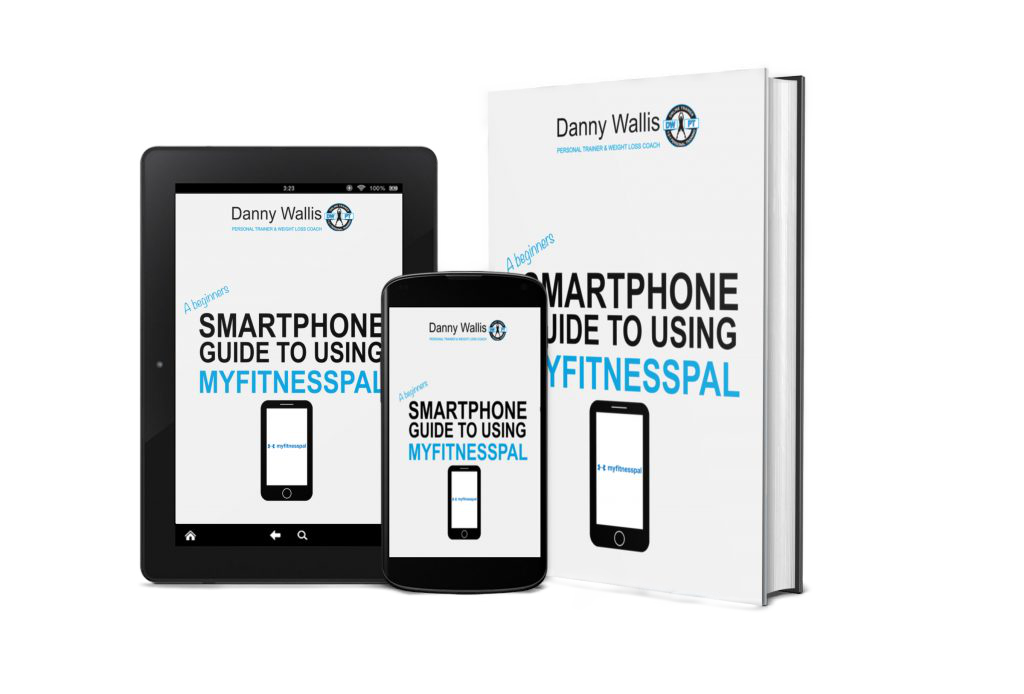What is a Calorie Deficit?
Imagine your body as a machine. Machines need fuel to function, as does your body. Instead of gasoline or electricity our bodies run on calories which come from the food we eat.
A calorie is a single unit of energy. A calorie deficit is when your body burns off more energy than you consume daily. This is otherwise referred to as creating a ‘negative energy balance’ and is the only effective way to lose unwanted body fat.
Here’s how it works…
If a person burns 2000 calories per day, but they only eat 1500 calories, the body is then in a deficit of 500 calories. The body then cleverly recognises this and replaces the ‘missing’ 500 dietary calories from our fat stores within the body.
Ok, so surely the bigger the calorie deficit the better the fat loss result?
Unfortunately, no. If we create to big of a calorie deficit the body assumes it’s starving. We then become deprived of the essential nutrients we need to function properly and our health can suffer. If our intake of calories drops to low for a prolonged period, the following problems can occur:
- Low metabolism
- Poor sleep
- Negative changes to mood, energy and enthusiasm
- Lowered immunity and poor health
- Constipation
- Muscle wastage (atrophy)
1lb of fat is equal to 3,500 calories. This means a 500-calorie deficit per day will successfully help you lose 1lb of fat over 7 days in a healthy and sustainable fashion.
Do all people need the same number of calories per day?
No. Everyone is slightly different and a persons daily caloric needs are based upon several factors:
- Age
- Gender
- Physical activity levels
- Height & weight
- Body Composition (fat to muscle ratio)
- General health & metabolism
Let’s get you started on your weight loss journey by creating a healthy and sustainable calorie deficit.
Step One: Calculate Your Daily Calorie Needs & Track Your Calorie Intake
First, we need to establish how many calories you need per day to create a healthy deficit. Secondly, I would advise tracking the calories you consume daily to help adhere to your goal.
The best way to do this is by downloading and setting up Myfitnesspal which is a FREE app (you don’t need the premium version – the free version is fantastic) available on all platforms. Myfitnesspal will ask you your age, height, weight, activity levels and weight loss goal and then cleverly show you how many calories you should eat daily.
Once set up, you simply log your food using the built-in barcode scanner or extensive food library to record your calorie intake. As you record food it will show you how many calories you have left for the day.
Tracking calories may at first seem like an obsessive and time-consuming practice. From my extensive experience as a weight loss coach, the main benefit of using the app is it promotes mindfulness over what you are eating. It can also hold you accountable which all adds to helping to build healthier habits over the long term. All these points can lead to long term successful weight loss.
If you need help setting up the Myfitnesspal app, download my FREE Myfitnesspal Smartphone ebook guide which will show you how to create your account, step by step.
Step Two: Aim for High-Volume, Low-Calorie Foods
Remember not all calories are equal. 2000 calories from chocolate aren’t the same as 2000 calories from vegetables and lean proteins. Different foods react and affect the body in different ways, and we want to stay healthy and full from our food, rather than constantly hungry with our health suffering.
‘Low-calorie, high-volume’ foods offer very low calories while being able to eat enough to fill you up. Aim for foods such as:
- Vegetables, go for lots of colour. Peppers, spinach, sweet potato, carrots, broccoli are all healthy and filling low calorie options.
- Wholemeal bread is a much better choice than plain white as it has higher fibre which will fill you up on less quantity.
- Brown Rice is a great option as it again has a higher fibre content leaving you fuller on less volume than white rice.
- White meats and fish are better protein options than red meat as they contain less saturated fats and therefore less calories.
Step 3: Increase Your Daily Activity levels
Finally, to positively impact your energy balance, you need to engage in regular physical activity to burn off extra calories. Aim to engage in the following activities regularly:
- Walking
- Climbing stairs
- Bike riding
- Actively playing with the kids
- Gardening
- Hiking
Remember the more active you are, the more calories your body will consume. A brief walk may not seem like much, but do it regularly and those extra calories being burned will soon start to stack up.
Summary
Creating a calorie deficit is the only way to lose weight effectively, safely, and healthily over the long term. Stay accountable with your food tracking and be consistent. It takes time, so patient and stick at it.
Keep yourself active and choose movement whenever you can. Aim for no more than 1lb - 1.5lbs of weight loss per week for sustainable results.


